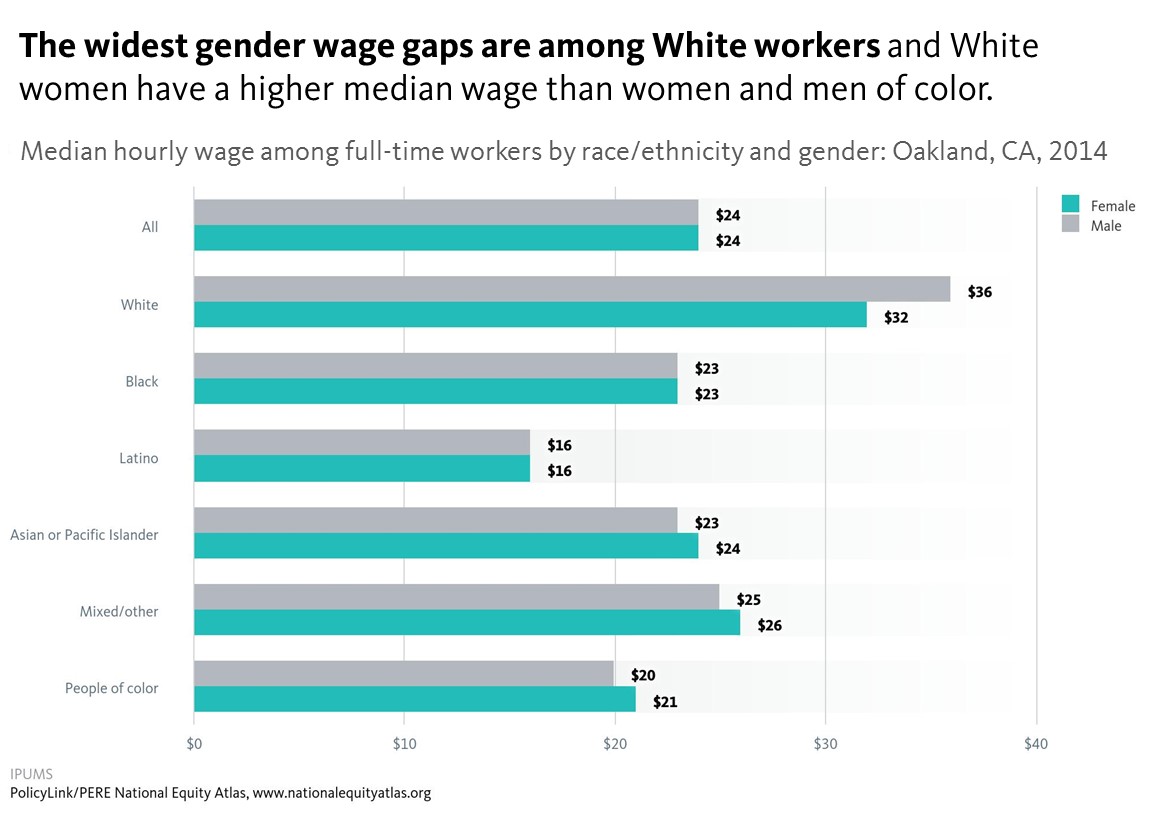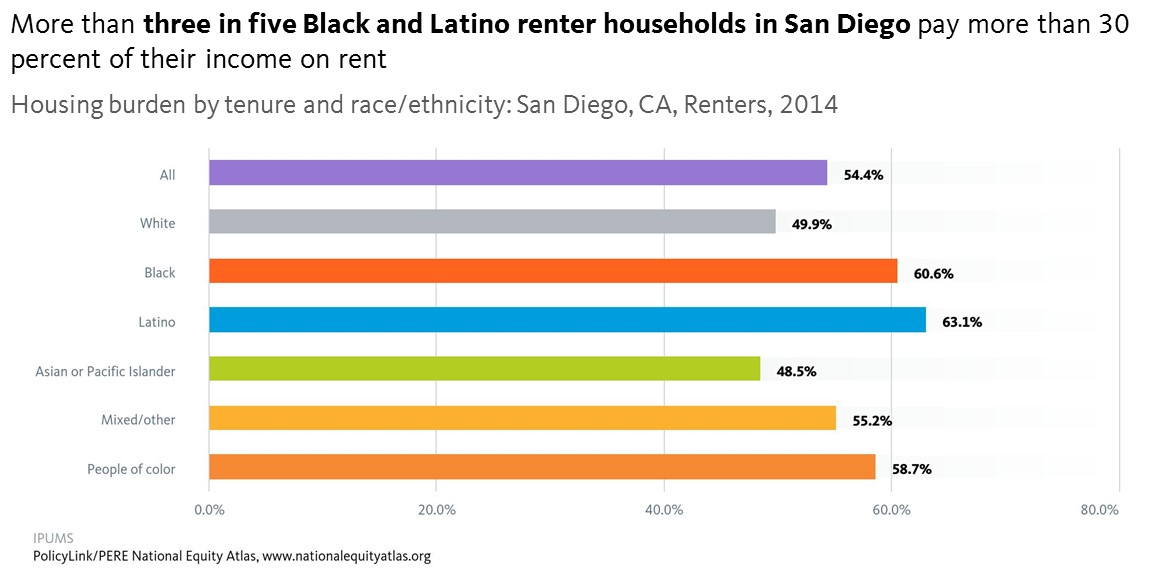As many cities struggle with rising income inequality and unemployment, some urban leaders are looking to businesses as potential sites for social action.
"The question becomes, how can we support and encourage businesses in being good employers and good community members?" said Christine Curella, director of business initiatives and job quality in the Mayor's Office of Workforce Development in New York City.
Enter the "Best for NYC Challenge," a first-of-its-kind, New York City-based program designed to teach businesses how to create high-quality jobs and be a stronger force for good in their communities. The program is directed by the Mayor's Office of Workforce Development, with support from the New York City Economic Development Corporation (NYCEDC) and in partnership with diverse community-based business organizations. Now in its second year, Best for NYC gives participating businesses access to tools and services that help them measure and improve their business practices.
"Cities cannot be only a place of regulating business practices; they will need to foster a culture in business where companies are voluntarily striving to do good for their workers above and beyond what is required," said Hardik Savalia. Savalia is a senior associate at B Lab, the organization that invented B Corporation certification and the technical partner that powers the Challenge's assessment tool. Though New York City was the first city to launch the Challenge, B Lab has more cities in the pipeline, and Savalia noted that several dozen cities are interested in launching similar efforts.
In its inaugural year, the program reached more than 1,200 New York City businesses with its impact assessment tool, which provided businesses with insight into how their practices compare to other businesses, by sector and size. The 101 top-scoring businesses were recognized in 2016 as "Best for NYC Honorees." For those already doing well, or those who wish to do better, the idea is to "get companies immediately in communication with peer businesses who can discuss best practices and share lessons learned on implementation," Savalia explained.
"Most business owners aren't trying to make a quick buck. They want to leave a legacy in their community," he added, and campaigns like Best for NYC can help shape that legacy in the mold of a more inclusive economy.
The three businesses profiled below, representing three New York City boroughs, were honored as some of the top scorers in the Best for NYC.
The Bronx: Spring Bank
Spring Bank is an exemplar of equitable business practices — from the services it provides to the jobs it creates to the assets it brings to the community.
"We opened our doors to provide affordable and transparent banking products to low-income customers and to move people away from predatory lending and check cashing," said Melanie Stern, director of Community Lending. The bank is a federally certified community development financial institution, which allows it to leverage U.S. treasury grants to offer services to low-income communities that are underserved by mainstream banks.
With 3,500 customers and assets of just over $160 million, Spring Bank offers a variety of products and services. Small business loans make up the bulk of their business and help subsidize unique products aimed to meet the needs of low-income residents.
"Our small-dollar loans have become our marquee products because they give people an alternative to predatory payday loans and use a more holistic gauge of ability to pay — not just a credit score," Stern said. Through its newest product, Employee Opportunity Loans, Spring Bank partners with employers so that they can offer employees loans of up to $2,500 that are paid back over time through paycheck deductions. These loans are designed to encourage savings by deducting monthly paycheck payments into a Spring Bank savings account, from which the loan is repaid.
"The idea is that once the loan is paid, employees can continue to save into that same account because they've become accustomed to the paycheck deduction," Stern said. Of the 30-plus customers whose loans have been fully repaid, the majority have chosen to continue saving in this way.
As an employer, Spring Bank focuses on hiring locally so that the majority of staff are bilingual (the majority of its customers are Spanish speaking). They also start wages at $15/hour and employ staff full time with benefits, including health care and retirement plans.
As a community member, Spring Bank provides free tax filing services, lends its office space to community organizations, offers free financial counseling days, and is pursuing ways to share its business best practices with others.
"It's more than doing good work, it's being part of a movement of corporations doing good," said Stern.
Queens: Valente Bakery Supplies
At the height of the recession, Valente Yeast Company, Inc. was struggling. Though Valente had been a leading bakery ingredient wholesale supply business serving NYC bakers and bakeries since 1909, the recession required an overhaul of the business's operations. It was then that employees Bob Chory and Tom Siegenthaler saw an opportunity to take the company in a new direction that could help turn its fortunes around.
"We both believe a successful business had to be based on our customers loving us and our employees feeling that they are valued as an important part of our team," said Chory, now CEO of Valente Bakery Supplies. "When you're driven only by profit you risk skimping here and there; and you might lose sight of what makes your company great and stop investing in your future and your people."
On the business side, Chory and Siegenthaler updated the company's facilities with energy-efficient systems and brought in business consultants and technology solutions to help modernize and streamline operations to increase efficiency and boost sales.
On the employee side, they adopted a holistic view of seeing their workers as long-term partners in growing the company. For Chory this means that basic benefits are a must: in addition to standard medical and dental benefits, Valente contributes to workers' retirement plans, and offers profit sharing to all employees after their first year.
The company's new approach also means investing in professional development for employees who want to learn a new skill set, or promoting from within to enable career progression such as transitioning a driver to a leadership role. It means offering compassionate paid leave when a worker's child or spouse is sick. It means hiring those that may face barriers to employment, including recent immigrants, veterans, and formerly incarcerated workers.
"The way I see it, making a business better starts with enabling your employees to better themselves and their life opportunities" Chory said.
Brooklyn: GreenHouse Eco-Cleaning
When GreenHouse Eco-Cleaning began in 2006, founder Saudia Davis had a vision of a healthier, safer cleaning service — one that spared both clients and workers from exposure to harsh chemicals. This mission was a deeply personal one, as Davis's grandmother, a housekeeper from the West Indies, had lost a battle with cancer that was likely caused by a lifetime of inhaling toxic cleaning fumes.
Eleven years later, GreenHouse Eco-Cleaning is a certified B Corporation that employs 40 full-time workers and uses its own line of products made from vegetable-based, organic, biodegradable ingredients.
"When we started it was about bringing healthy options to both our employees and our clients, but it has grown into a place where we not only keep staff healthy, but empower them," Davis said.
In addition to benefits like paid sick leave and paid time off, the company partners with local community colleges to provide financial literacy classes and with Neighborhood Trust to bring in financial advisers skilled in the socioeconomic challenges of lower-wage workers. They also provide paychecks on ATM cards that allow employees to withdraw money free of charge without having to set up a bank account.
"We try to bring in resources that can assist them with whatever goals they're setting for themselves," Davis explained. For example, when employees reported that changing apartments is prohibitively expensive in New York, because move-in costs require tenants to come up with multiple months' rent, GreenHouse Eco-Cleaning responded by forming a new partnership with Spring Bank to offer Employee Opportunity Loans — short-term loans to help longstanding employees access capital without turning to predatory payday lenders.
"We are in an industry that considers workers a commodity; where people are often abused, underpaid, and not given the security or benefits of full employment. We wanted to set a new standard, and B Lab has helped us see that there are others in the city fighting the same fight," said Davis.

